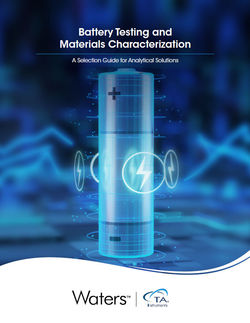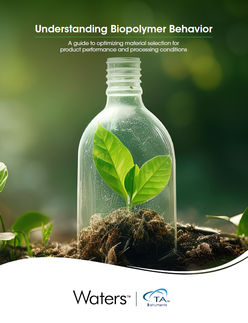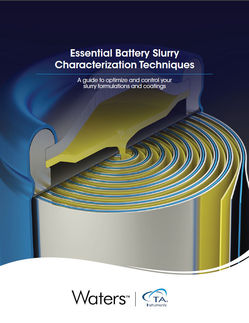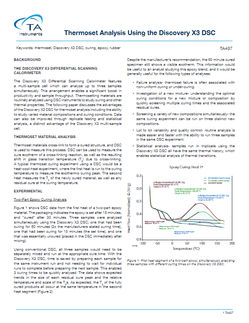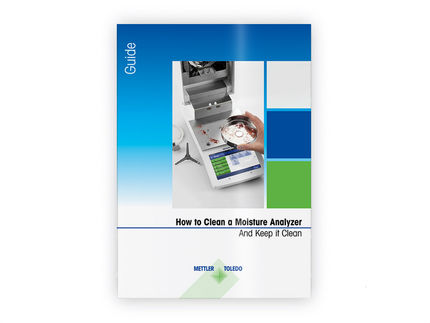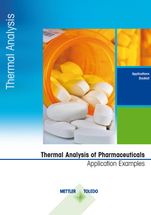
Mettler-Toledo
The Characterization of Pharmaceuticals Using Thermal Analysis
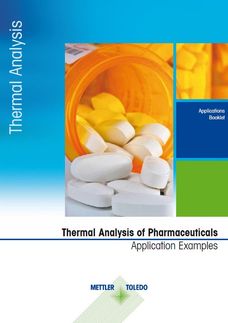
Our Guide Provides Insight into the Routine Practice and Benefits of Thermal Analysis Techniques
Our "Characterization of Pharmaceuticals" guide provides insight into the routine practice and benefits of thermal analysis techniques for the characterization of pharmaceuticals—be it active ingredients, excipients or packaging materials.
METTLER TOLEDO's "Characterization of Pharmaceuticals" guide was designed to support thermal analysis (TA) users with real examples of the most relevant applications pertinent to the pharmaceutical industry. Specifically, the guide includes examples for how thermal analysis techniques—in particular DSC and TGA—can be used to investigate polymorphism and pseudopolymorphism, stability, interactions, purity and packaging materials.
Table of Contents
1. What thermal analysis can do for pharmaceuticals
2. Applications and their thermal analysis techniques
3. Examples:
- Polymorphism – Sulfapyridine
- Stability – Acetylsalicylic acid
- Characterization/Identification – Vanillin
- Characterization/Identification – Polyethylene glycol PEG
- Purity – Phenacetin and PABA
5. Method development
6. Instrument calibration and adjustment
7. Introduction to thermal analysis techniques
8. Excellent crucibles, accessories and reference materials
9. More information
Advertisement



